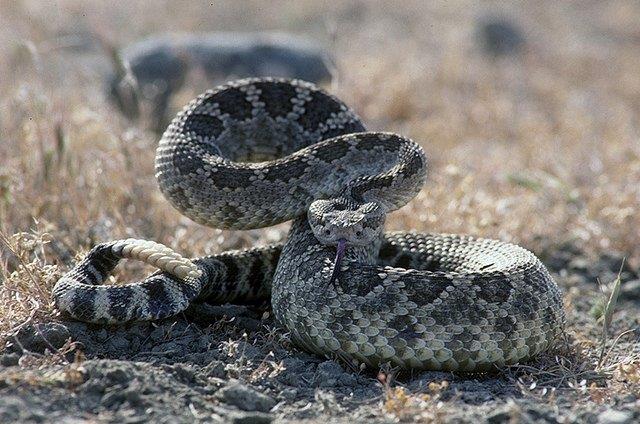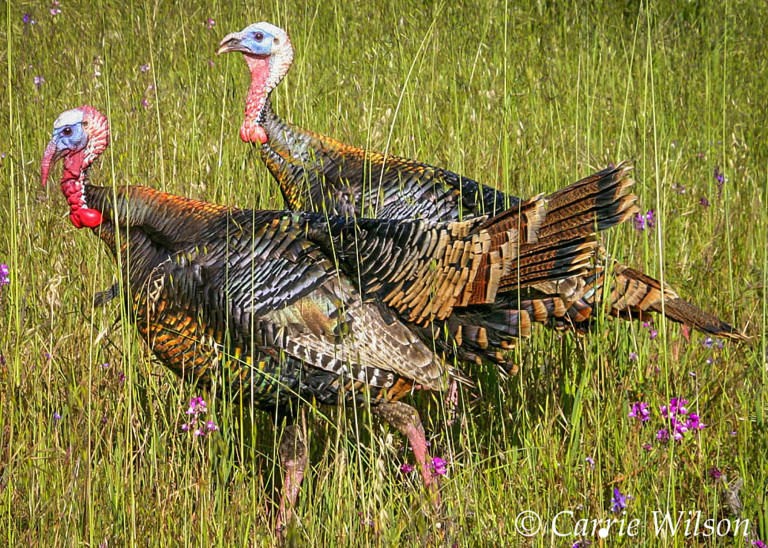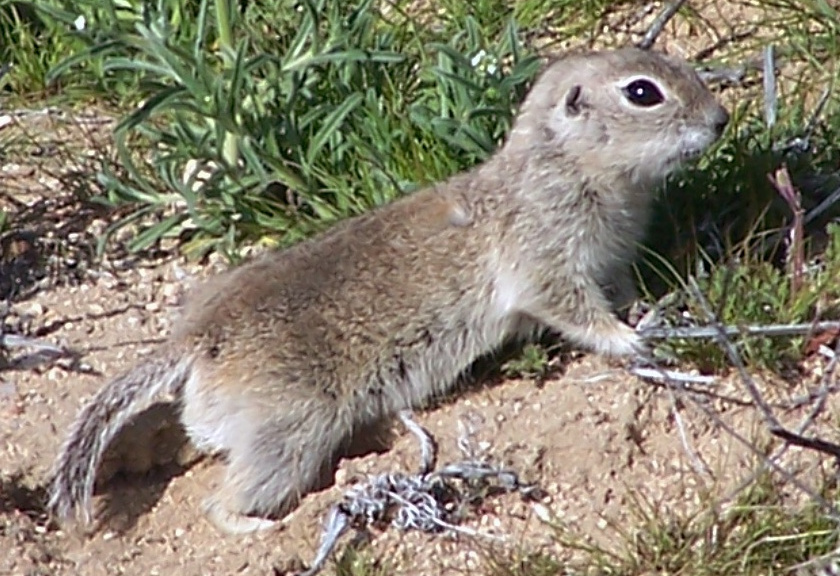Fish Report for 4-7-2017
Be Rattlesnake Safe this Spring

by CDFW
4-7-2017
Website
With the coming of spring and warmer weather conditions, snakes of many species are through hunkering down, making human encounters with these elusive creatures more likely. Although most native snakes are harmless, the California Department of Fish and Wildlife (CDFW) recommends steering clear of the venomous rattlesnake – and knowing what to do in the event of a strike.
Rattlesnakes are widespread in California and are found in a variety of habitat throughout the state from coastal to desert. They may also turn up around homes and yards in brushy areas and under wood piles. Generally not aggressive, rattlesnakes will likely retreat if given room or not deliberately provoked or threatened. Most bites occur when a rattlesnake is handled or accidentally touched by someone walking or climbing.
On rare occasions, rattlesnake bites have caused severe injury – even death. However, the potential of encountering a rattlesnake should not deter anyone from venturing outdoors. The California Poison Control System notes that the chances of being bitten are small compared to the risk of other environmental injuries. Most bites occur between the months of April and October when snakes and humans are most active outdoors, but there are precautions that can and should be taken to lessen the chances of being bitten.
The dos and don’ts in snake country
Rattlesnakes are not confined to rural areas. They have been found in urban areas, on riverbanks and lakeside parks and at golf courses. The following safety precautions can be taken to reduce the likelihood of an encounter with a rattlesnake.
- Be alert. Like all reptiles, rattlesnakes are sensitive to the ambient temperature and will adjust their behavior accordingly. After a cold or cool night, they will attempt to raise their body temperature by basking in the sun midmorning. To prevent overheating during hot days of spring and summer, they will become more active at dawn, dusk or night.
- Wear sturdy boots and loose-fitting long pants. Never go barefoot or wear sandals when walking through brushy, wild areas. Startled rattlesnakes may not rattle before striking defensively.
- Children should not wear flip-flops while playing outdoors in snake country.
- When hiking, stick to well-used trails. Avoid tall grass, weeds and heavy underbrush where snakes may hide during the day.
- Do not step or put your hands where you cannot see. Step ON logs and rocks, never over them, and be especially careful when climbing rocks or gathering firewood. Check out stumps or logs before sitting down, and shake out sleeping bags before use.
- Never grab “sticks” or “branches” while swimming in lakes and rivers. Rattlesnakes can swim.
- Be careful when stepping over doorsteps as well. Snakes like to crawl along the edge of buildings where they are protected on one side.
- Never hike alone. Always have someone with you who can assist in an emergency.
- Do not handle a freshly killed snake, as it can still inject venom.
- Teach children early to respect snakes and to leave them alone.
- Leash your dog when hiking in snake country. Dogs are at increased risk of being bitten due to holding their nose to the ground while investigating the outdoors. Speak to your veterinarian about canine rattlesnake vaccines and what to do if your pet is bitten.
Rattlesnakes belong to a unique group of venomous snakes known as pit vipers and the rattlesnake is the only pit viper found in California. The copperhead and water moccasin also belong to this group; however, they are most commonly found in the southern, southeastern and eastern part of the United States. The term “pit” refers to special heat sensors located midway between the snake’s eye and nostril. These special thermoreceptors detect differences in temperature which help the snake pinpoint prey while hunting. The term “viper” is short for Viperidae, the family in which scientists categorize the rattlesnake. Pit vipers are venomous and rely on the use of venom to kill prey to eat. The rattlesnake’s prey of choice is chiefly rodents and other small mammals and this is an important factor in terms of keeping rodent populations in an ecosystem in check.
Keeping snakes out of the yard
The best protection against rattlesnakes in the yard is a “rattlesnake proof” fence. The fence should either be solid or with mesh no larger than one-quarter inch. It should be at least three feet high with the bottom buried a few inches in the ground. Slanting your snake fence outward about a 30-degree angle will help. Keep vegetation away from the fence and remove piles of boards or rocks around the home. Use caution when removing those piles – there may already be a snake there. Encourage and protect natural competitors like gopher snakes, king snakes and racers. King snakes actually kill and eat rattlesnakes.
What to do in the event of a snake bite:
Though uncommon, rattlesnake bites do occur, so have a plan in place for responding to any situation. Carry a cell phone, hike with a companion who can assist in an emergency and make sure that family or friends know where you are going and when you will be checking in. In the event of a bite:
- Stay calm but act quickly.
- Remove watches, rings, etc., which may constrict swelling.
- Transport the victim to the nearest medical facility.
- For more first aid information, please call the California Poison Control System at (800) 222.1222.
What you should NOT do after a rattlesnake bite:
- DON’T apply a tourniquet.
- DON’T pack the bite area in ice.
- DON’T cut the wound with a knife or razor.
- DON’T use your mouth to suck out the venom.
- DON’T let the victim drink alcohol.
More information about rattlesnakes can be found at the following websites:
California Department of Fish and Wildlife Habitat and Relationships: wildlife.ca.gov/Data/CWHR/Life-History-and-Range
UC Davis Integrative Pest Management: californiaherps.com/info/rattlesnakeinfo.html
More Reports
Where and When Do Turkeys Nest?

4-6-2017
Question: I know that turkeys roost in trees at night and that this is their courtship and nesting season, but where...... Read More
There’s Still Time to Help Wildlife With Your State Income Tax Return

4-4-2017
With tax returns due April 18, time is running out, but you can still help California’s rare, threatened and endangered...... Read More

Website Hosting and Design provided by TECK.net